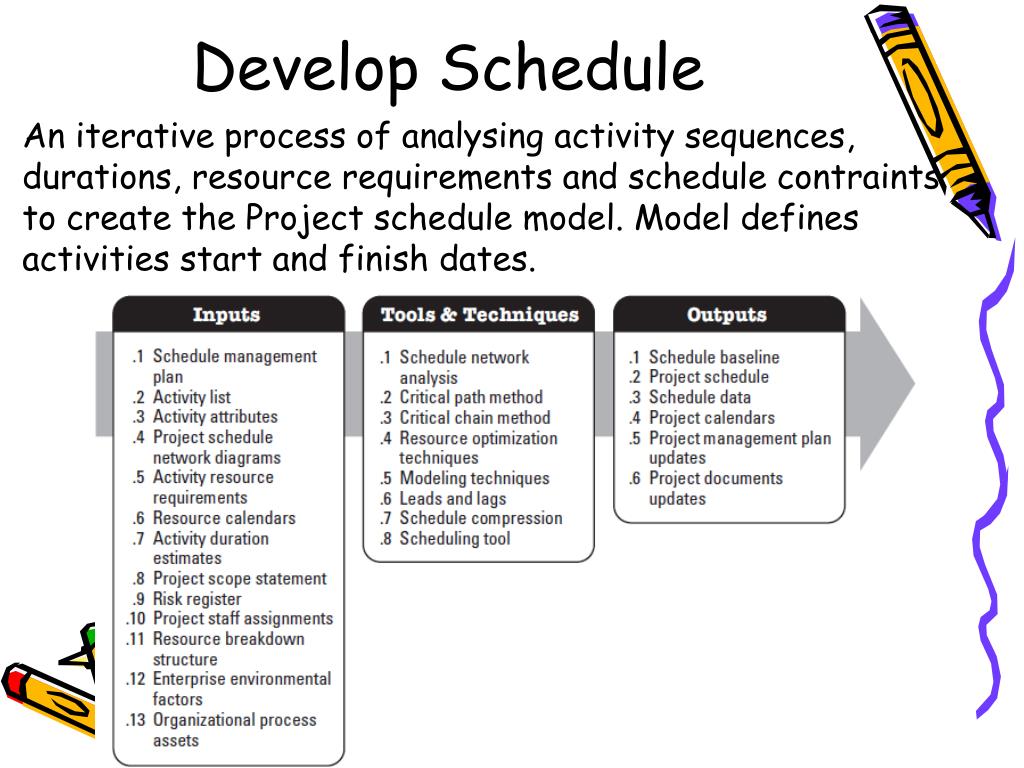

The various floats and slacks for an activity (i,j) can be represented on a time scale as shown in following fig.Ī project schedule has the following characteristics:Ģ. It gives the range of time available at an event for accomplishing an activity without delaying the project completion date. Slack is defined as the difference between the latest and the earliest event time. Independent float (IF) ij = (E j – L i) – t ij Calculation of Slacks: Independent float of an activity (i, j) is given by It may be defined as the “amount of time by which the start time of an activity can be delayed without affecting the earliest start time of any immediately successor activities, assuming that the preceding activity has finished at its latest finish time”. This is concerned with prior and subsequent activities.



J – Earliest event time for activity 0 – Activity time (ij) (Ff) ij = Earliest went time for subsequent activity Mathematically the free float for activity (i,j) denoted by (Ff) ij can be calculated by the formula It may be defined as the time by which the completion of an activity can be delayed beyond the earliest finish time without affecting the earliest start of a subsequent activity. O’Reilly members experience live online training, plus books, videos, and digital content from nearly 200 publishers.This is concerned with commencement of subsequent activity. Get Project Management: A Systems Approach to Planning, Scheduling, and Controlling, Tenth Edition now with the O’Reilly learning platform. They help management evaluate alternatives by answering such questions as how time delays will influence project completion, where slack exists between elements, and what elements.They provide visibility and enable management to control “one-of-a-kind” programs.They form the basis for all planning and predicting and help management decide how to use its resources to achieve time and cost goals.Graphical Evaluation and Review Technique (GERT)Īdvantages of network scheduling techniques include:.Program Evaluation and Review Technique (PERT).


 0 kommentar(er)
0 kommentar(er)
